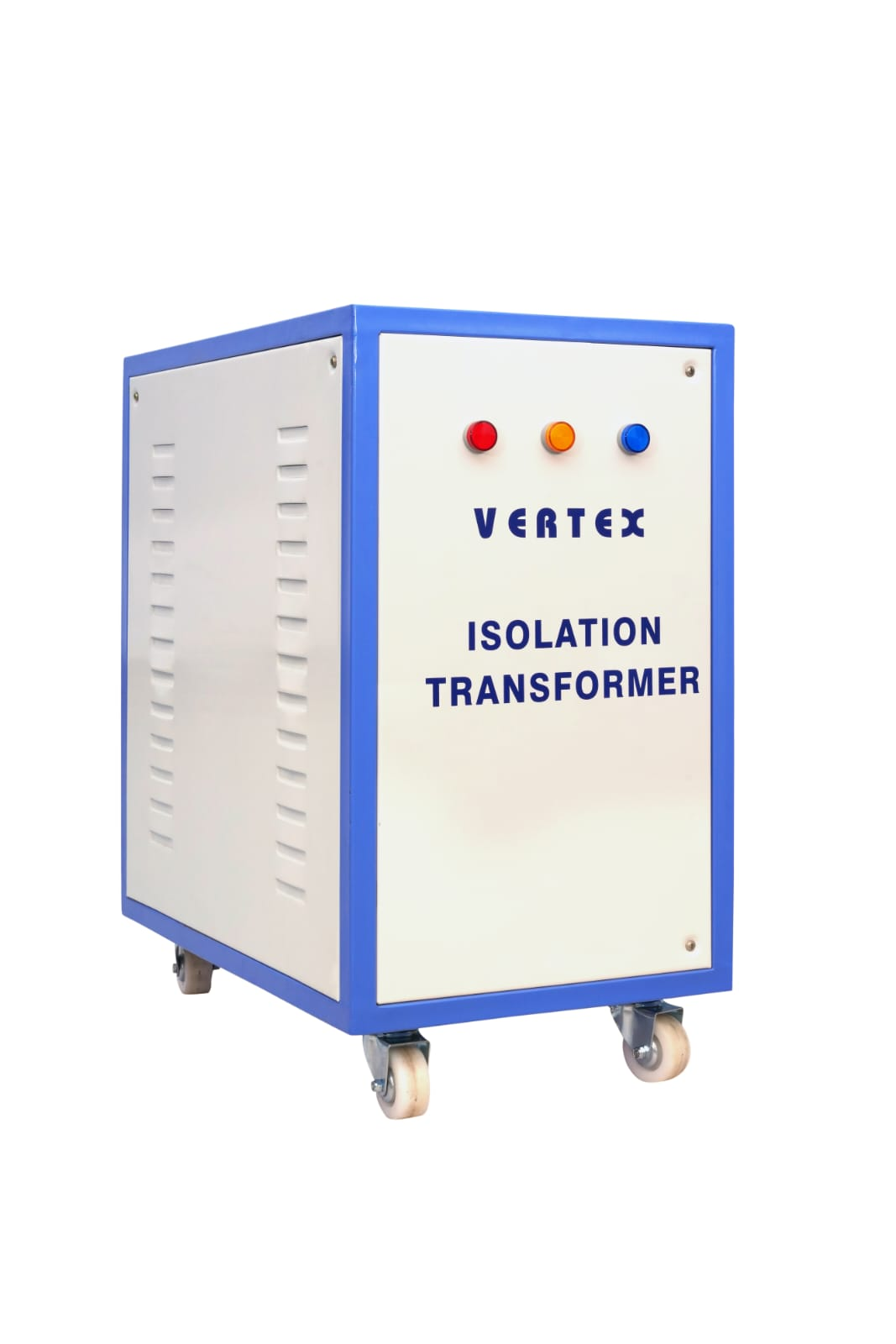The principle of operation of Servo Stabilisers comprises comparing the output voltage through the sensing circuit, a reference voltage source. The control circuit operates the motor whenever the output voltage falls or rises beyond a preset voltage. The secondary winding of the buck-boost transformer is in series with the main supply. The primary winding is connected to the motorised control autotransformer (Variac). Output voltage variation due to any reason makes the motor move in the proper direction to feed the primary of the buck-boost transformer a proper voltage which in turn produces a voltage in the secondary to keep the output to a set level with a tolerance of ±1%.
Static Voltage Stabilisers do not use any moving parts like Servo Motor; instead, they use semiconductor devices like thyristor / IGBT for changing the transformer taps to regulate the voltage. The speed of correction is higher in such types of stabilisers.
These types of stabilisers use relays for changing the transformer taps with an input sensing method to regulate the voltage. They have less accuracy and are basically used for domestic loads / non-critical loads.
A constant voltage transformer (CVT) or ferroresonant transformer (Ferro) is a non-linear transformer that provides a regulated voltage output passively through the electromagnetic phenomenon of ferroresonance (where the term ferroresonant transformer was derived). Ferroresonance describes the behaviour of iron cores near a point of magnetic saturation, where the core is so strongly magnetised that any further variation in the input voltage results in little or no increase in magnetic flux. The ferroresonant action, rather than being a voltage regulator, is a flux limiter. Despite this, the CVT can maintain an almost constant output voltage even when the input voltage varies greatly with a relatively constant supply frequency.
A power conditioner is a device that improves the quality of power delivered to equipment. Generally, it is a voltage regulator that protects against electrical noises, transients, etc.








